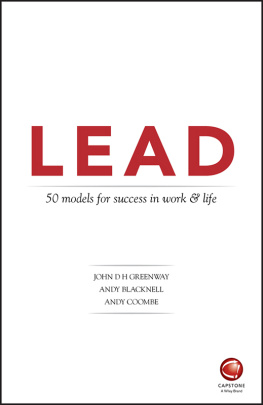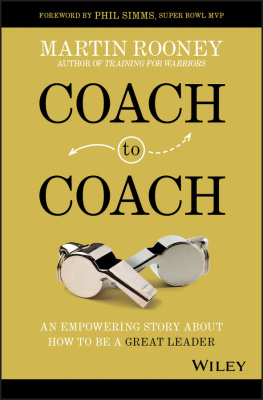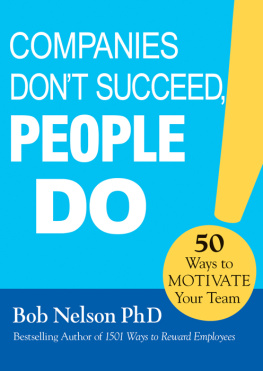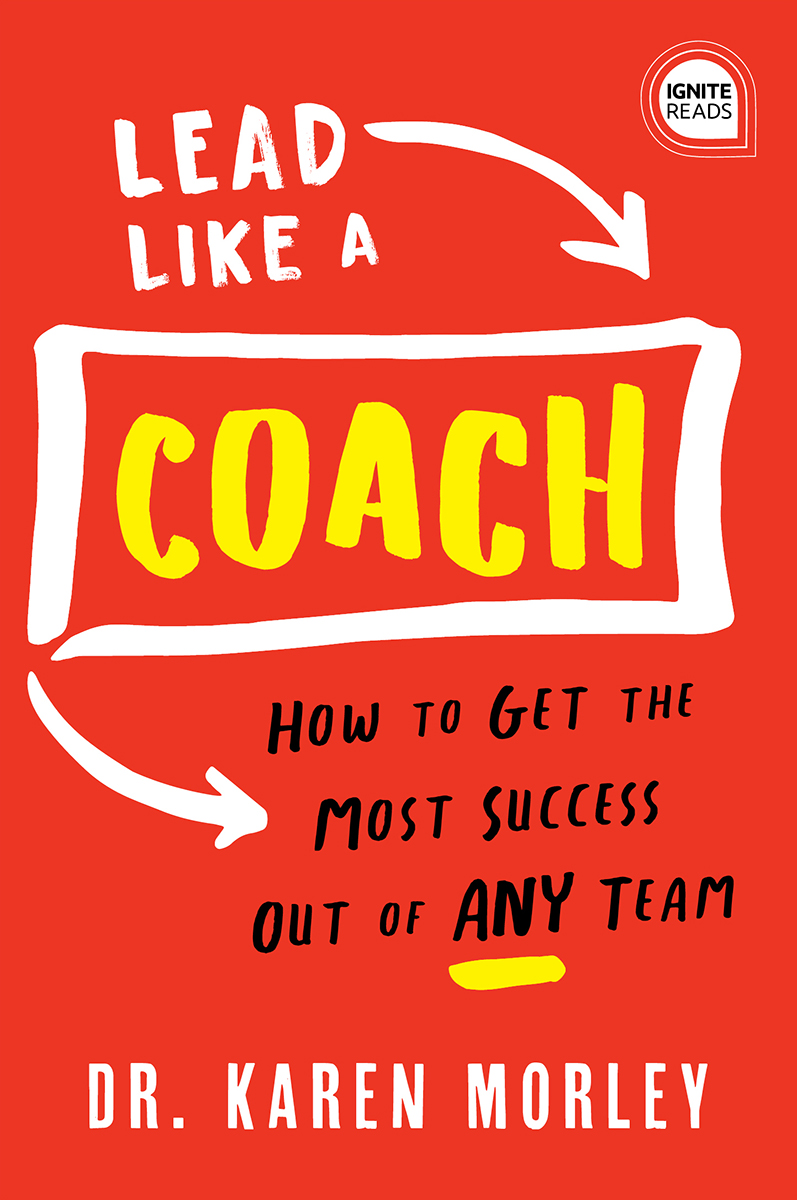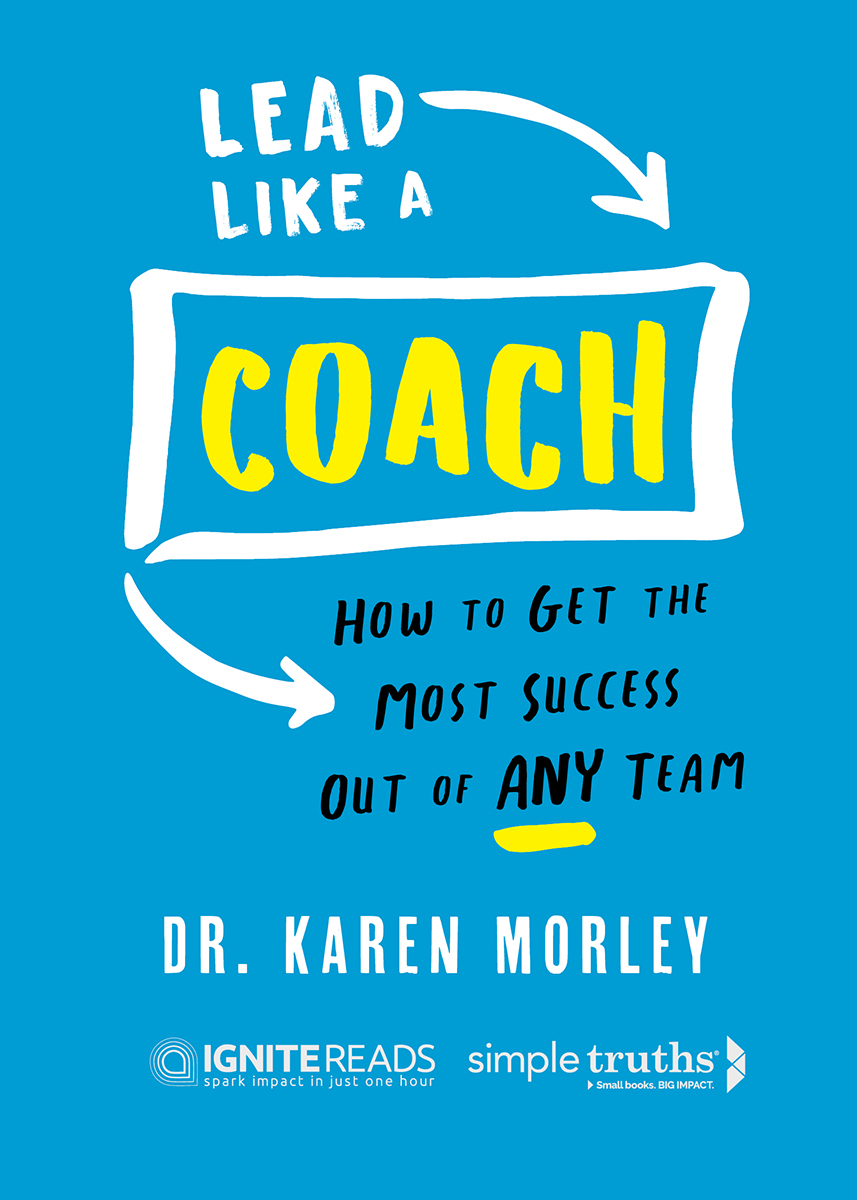Copyright 2018, 2020 by Karen Morley
Cover and internal design 2020 by Sourcebooks
Cover design by Stewart Williams
Sourcebooks, the colophon, and Simple Truths are registered trademarks of Sourcebooks.
All rights reserved. No part of this book may be reproduced in any form or by any electronic or mechanical means including information storage and retrieval systemsexcept in the case of brief quotations embodied in critical articles or reviewswithout permission in writing from its publisher, Sourcebooks.
This publication is designed to provide accurate and authoritative information in regard to the subject matter covered. It is sold with the understanding that the publisher is not engaged in rendering legal, accounting, or other professional service. If legal advice or other expert assistance is required, the services of a competent professional person should be sought. From a Declaration of Principles Jointly Adopted by a Committee of the American Bar Association and a Committee of Publishers and Associations
All brand names and product names used in this book are trademarks, registered trademarks, or trade names of their respective holders. Sourcebooks is not associated with any product or vendor in this book.
Published by Simple Truths, an imprint of Sourcebooks
P.O. Box 4410, Naperville, Illinois 60567-4410
(630) 961-3900
sourcebooks.com
Originally published as Lead Like a Coach in 2018 in Australia by Major Street Publishing.
Contents
Introduction: The Best Leaders Are Also Coaches
Everyone these days seems to need to get more done. The pace of life has increased, and we have much higher expectations of what we should do with our time.
After school, my step-grandson attends reading lessons and a raft of different activities. His social calendar is shockingly full too. We sometimes need to book three weeks in advance to spend a weekend afternoon with himand hes only five and a half years old!
Expectations on all of us but especially on leaders are increasing. Leaders are expected to get more done. They are expected to be available 24/7, to respond as if all information is always at their fingertips, and to work across multiple time zones.
In our twenty-first-century world of abundance, paradoxically, we seem to have fewer resources. We are captured by everyday pressures to do more, be more, know morenot to mention be more resilient and happier!
The challenges magnify further. Not only is it important to do more and be more, leaders need to help their team members to do the same. And that is no mean feat.
Many leaders I meet and coach feel these pressures like a weight on their shoulders. Its hard to be inspiring when youre weighed down by a heavy load.
The core proposition of this book is that leading like a coach will help you to lighten the burden you feel and give you more energy. By refocusing the way you engage with your team members, you can double their engagement and get more and better work done.
This book is for leaders who:
care about the people they lead,
care about their own success, and
want to make a positive impact on their stakeholders, their families, and their communities.
Many leaders are still hesitant about coaching. They are not confident in their coaching ability.
Occasionally, a leader will confide in me that coaching feels risky. It feels as if you are giving up control. When you feel that you are under huge workload pressures, giving up control seems like the last thing you should do.
Underneath it all, theres a common fear that if your team does all the workworking at their maximum capabilitywhat will you be doing? What will be your value? You are good at doing the work, you were promoted because you are, and now you have to stop doing the work. So what do you do?
You coach, of course!
Part 1: Why You Should Coach
Chapter 1: Organizations Are Better Places When Leaders Coach
Coaching, not controlling, is a compelling way for leaders to improve team performance. Leaders who coach create and grow trust. When trust is high, people are engaged and energized. They work harder for longer and are more productive.
Leaders are under great pressure to produce results at a faster pace using fewer resources where there are many more options to choose from. Unfortunately, most leaders react to this by adopting a command-and-control style of leadership. The pressure takes them over. They dont delegate enough, and they become overworked themselves and end up feeling overburdened. Teams disengage from leaders who control. Rather than increasing their performance, their work output falls and they become discouraged. Efforts by command-and-control leaders to produce more become counterproductive. Instead, they and their teams produce less and increase the risk of burnout.
Leaders who coach approach their responsibilities very differently. They focus on the team and how the team can be supported to produce better results. Rather than command and control, they develop and support.
Case Study: Letting Go of Control
Amy was invited to accept a senior leadership role for which she had no technical training. She took up the challenge, but she had doubts about her fit for the role and so did her team members. They worked in security, and for many years, they hadnt seen much change in how they operated. The former manager had been a technical expert who had spent all his career in security. Amys team members were all technical security experts.
About two years into the role, Amy was continuing to question whether this was a good fit for her. She felt that she needed to be tougher and more controlling and assert herself as the leader. She had a fairly blunt and direct style anyway, and she felt she needed to keep it ramped up.
Then, a critical incident happened. A large theft occurred in one of the regional teams. Amy worked with her regional manager and their team to deal with this. They followed the process and executed the response plan. But the HR team stepped in to challenge the way a particular staff member was dealt with. Rather than approaching the regional manager, HR came directly to Amy in head office.
Initially, Amy was ready to charge in to defend the actions of the regional manager as the right thing to do.
From her point of view, things had gone very well. The theft situation had been well controlled. She wanted to make sure that her teams actions were properly understood and they didnt experience blowback. She put on her armor to go into battle.
Luckily, we just happened to have a coaching session scheduled the morning prior to the showdown. The upshot of our coaching session was that Amy decided to reframe the intervention from HR. Rather than being something she needed to control, she saw it as an opportunity her team and HR could learn from. She saw that she needed to step out of the way for that to happen.
And she did. She told HR that she wouldnt be meeting with them but that her regional manager and his team would be. She spoke with her regional manager and told him what was happening and why. She spoke with the head of HR and asked that they do the same.
What Did Amy Do Differently?
Looking back at the case study, Amy learned a new way of dealing with a challenging situation. By letting go of control and trusting her regional manager to manage the internal fallout instead, she did several things.



